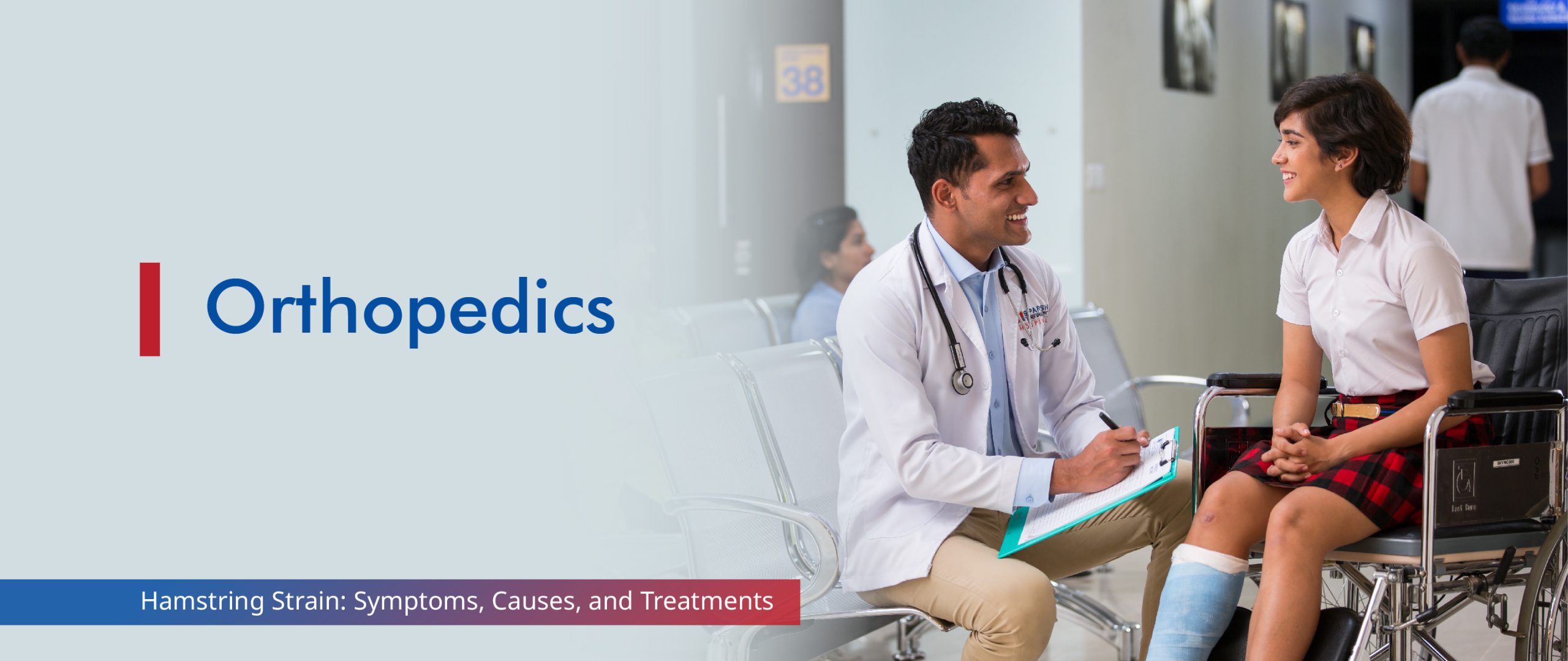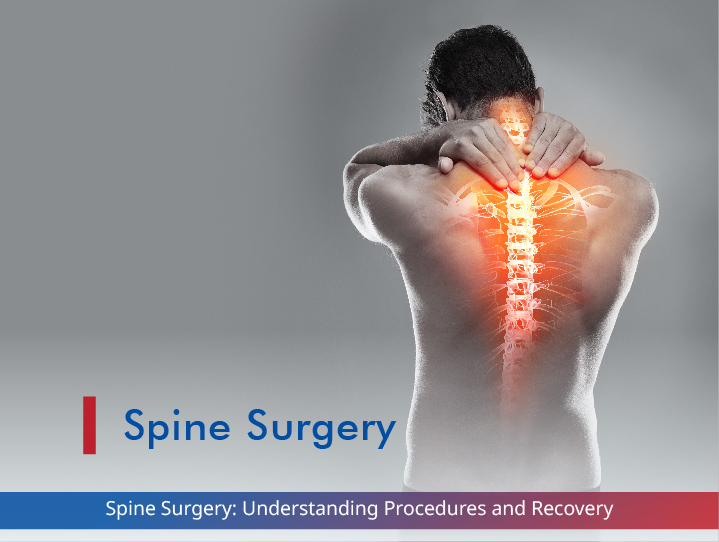The hamstring muscles are a group of three muscles located at the back of the thigh. They play a crucial role in activities that involve bending the knee and extending the hip, such as running, jumping, and walking. Unfortunately, hamstring strains are a common injury, particularly among athletes and physically active individuals.
What is Hamstring Strain?
A hamstring strain, or pulled hamstring, develops when one or more of the hamstring muscles are stretched, partially torn, or completely torn. This injury can be mild or severe or from a stretch to a complete rupture of the muscle fibres.
Sudden, explosive movements, such as sprinting, sudden changes in direction, or rapid acceleration are some of the common hamstring causes. The injury can happen when the hamstring muscles are overloaded or unable to withstand the demands placed on them during these types of activities.
Hamstring Strain Grades
Hamstring strains are typically classified into three grades based on the severity of the injury:
- Grade I (Mild): A mild strain with minimal damage to the muscle fibres. This type of injury often involves a small tear or overstretching of the muscle, with minimal loss of strength and function.
- Grade II (Moderate): A moderate strain with a partial muscle fibre tear. This type of hamstring pull typically results in significant pain, swelling, and reduced strength and mobility.
- Grade III (Severe): A severe strain with a complete tear or rupture of the hamstring fibres. This type of injury is often accompanied by severe pain, significant swelling, and an inability to bear weight or use the affected leg.
Hamstring Symptoms
The symptoms of a hamstring strain can vary and depend on the degree of the injury. Common symptoms may include:
- Mild ache or a sharp, debilitating pain in the back of the thigh
- Localised swelling or inflammation in the affected area
- Discolouration or bruising on the back of the thigh
- Tenderness or pain when someone touches the affected area
- Difficulty bending the knee or extending the hip due to reduced muscle strength
- Limping or when someone is not able to bear weight on the affected leg
Hamstring Strain Tests
If you suspect a hamstring strain, seeking medical attention for a proper evaluation is essential. Your doctor may conduct the following investigations to diagnose the condition:
- Physical Assessment: Your doctor will visually inspect the affected area, palpate the muscles, and assess your range of motion, strength, and pain levels.
- Imaging Tests: Depending on the nature of the injury, your doctor may perform imaging tests {X-ray, ultrasound, magnetic resonance imaging (MRI)} to rule out other conditions and determine the extent of the muscle damage.
- Functional Tests: Your doctor may ask you to perform specific movements, such as walking, running, or jumping, to assess your muscle function and identify any limitations.
Hamstring Injury Treatment
The hamstring treatment will depend on the severity of the injury. Generally, the treatment approach follows the RICE (Rest, Ice, Compression, Elevation) protocol:
- Rest: Avoid activities that cause hamstring muscle pain or further strain the hamstring muscle. It may involve using crutches or limiting weight-bearing on the affected leg.
- Ice: To reduce inflammation and pain, apply ice compressions to the affected area for 15-20 minutes several times a day.
- Compression: Use a compression wrap or bandage to reduce swelling and support the injured area.
- Elevation: Keep the affected leg above heart level to help reduce swelling and promote healing.
In addition to the RICE protocol, your doctor may recommend the following treatments:
- Medications: Over-the-counter anti-inflammatory medications or prescription pain relievers may help manage pain and inflammation.
- Physical Therapy: A physiotherapist can develop a rehabilitation program to help restore strength, flexibility, and function to the injured hamstring.
- Gradual Return to Activity: Once the pain & swelling have subsided, your doctor or physiotherapist will guide you through a gradual return to your normal activities and sports.
Hamstring Strain Exercises
As part of the rehabilitation process, your physiotherapist may recommend a series of exercises to restore strength, flexibility, and function to the injured hamstring. These exercises may include:
- Stretching: Gentle hamstring stretches to improve flexibility and range of motion.
- Strengthening: Exercises that target the hamstring muscles, such as leg curls, bridges, and deadlifts.
- Proprioception and Balance: Exercises challenging balance and coordination, such as single-leg stands or balance board exercises.
- Plyometric Exercises: Explosive exercises, such as jumping or hopping, to gradually reintroduce higher-intensity activities.
Hamstring Strain Recovery Time
The recovery time for a hamstring strain can vary and depends on the severity of the injury and the individual’s response to treatment. Generally, the recovery timeline is as follows:
- Grade I Strain: 2-4 weeks
- Grade II Strain: 4-8 weeks
- Grade III Strain: 8-12 weeks or longer
How Can I Prevent a Strained Hamstring?
To lower the risk of a hamstring strain, consider the following prevention strategies:
- Warm-up Properly: Before exercise, engage in a dynamic warm-up routine. This will prepare the affected muscles for the activity.
- Strengthen the Hamstrings: Incorporate exercises that target the hamstring muscles, such as leg curls and deadlifts, into your regular workout routine.
- Improve Flexibility: Regularly stretch the hamstring muscles to maintain and improve their flexibility.
- Increasing intensity Gradually: Slowly build up the intensity & duration of your physical activity to avoid overloading the hamstring muscles.
- Listen to Your Body: If you experience pain or discomfort in the hamstring area, stop the activity and seek medical attention if necessary.
FAQs
What is the difference between a hamstring strain and a hamstring tear?
A hamstring strain and a hamstring tear are both injuries to the hamstring muscles, but they differ in the severity of the muscle damage. A hamstring strain refers to a partial tear or overstretching of the muscle fibres, while a hamstring tear involves a complete or near-complete muscle rupture.
What does a hamstring strain feel like?
A pulled hamstring usually feels like a sharp pain in the back of your thigh, possibly with a popping sensation. It might be hard to walk or straighten your leg.
How can you treat a hamstring strain?
Rest, ice, compression, and elevation (RICE) is your best friend for a hamstring strain. Over-the-counter pain relievers can help too. See a doctor if the pain is severe or doesn’t improve after a few days.
Can I still walk with a hamstring strain?
The ability to walk with a hamstring strain depends on the severity of the injury. With a mild (Grade I) strain, you may be able to walk, albeit with some discomfort and difficulty. However, with a more severe (Grade II or III) strain, walking may be significantly impaired or even impossible due to pain and muscle weakness.
How long does a hamstring strain take to heal?
The recovery time for a hamstring strain can vary and depends on the severity of the injury. Generally, a Grade I strain can take 2-4 weeks to heal, a Grade II strain can take 4-8 weeks, and a Grade III strain can take 8-12 weeks or longer.
Can I still exercise with a hamstring strain?
Exercising with a hamstring strain is generally not recommended, as this can further aggravate the injury and delay the healing process. However, once the pain and swelling have reduced, your doctor may recommend a gradual and supervised return to physical activity, starting with low-impact exercises and gradually increasing the intensity as the hamstring muscle heals.







